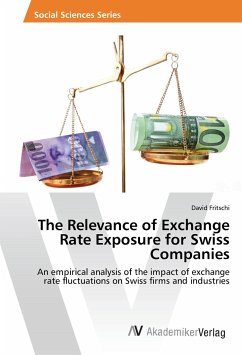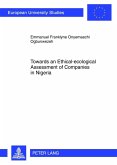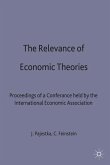The impact of exchange rate fluctuations on firms has always been an intensively discussed topic. Especially in Switzerland, which is economically open, it is expected that a relatively high share of firms experience significant impacts from exchange rate movements. The fact that the Swiss National Bank intervened in 2011 in order to define a lower limit of 1.20 CHF per EUR in order to stabilize the Swiss economy underpins this expectation. This book examines the relationship between exchange rate changes and stock returns for a sample of 225 Swiss firms from 1999 to 2013. In order to understand and determine this relationship, a linear time series regression is applied, where by the stock excess returns get regressed against a trade-weighted CHF index and additional control variables. Since some companies are only exposed to one or a few currencies, the bi-lateral exchange rates (EUR, USD and GBP) of Switzerland's most important trading partners are applied, too. Due to the factthat the data show the exchange rate exposure for each single firm, we can discern and analyze the exposure of individual firms within different industries.
Bitte wählen Sie Ihr Anliegen aus.
Rechnungen
Retourenschein anfordern
Bestellstatus
Storno








